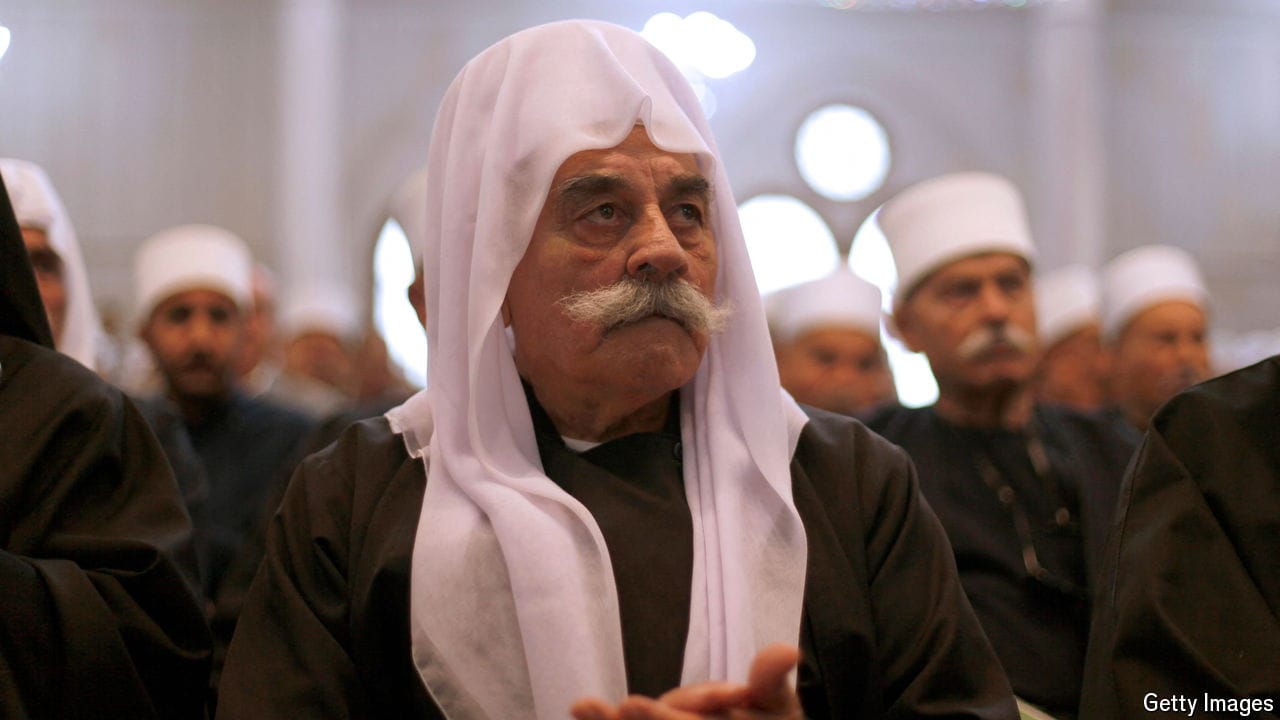The difference between a “ceasefire” and a “humanitarian pause”
And why it matters

AS THE FIGHTING in the Gaza Strip between Israel and Hamas intensifies, so do the calls for a “ceasefire”—or a “humanitarian pause”. An emergency joint summit of the Arab League and the Organisation of the Islamic Conference in Saudi Arabia on November 11th, for instance, called for the former. Two days later the 27 member states of the European Union reiterated their support for the latter. America will also only support pauses, as will the G7 group of rich countries. The UN, by contrast, has backed a ceasefire. Israel itself categorically rejects a ceasefire, but on November 9th agreed to implement daily four-hour “humanitarian pauses” in northern Gaza. So what is the difference between the two, and why does this divide countries and international organisations?
More from The Economist explains

Who are the Druze, the victims of a deadly strike on Israel?
The religious minority has often been caught up in regional crossfire in the Middle East

Myanmar’s rapidly changing civil war, in maps and charts
Ethnic militias and pro-democracy groups are scoring victories against the governing junta

Who will be Kamala Harris’s running-mate?
She is reportedly vetting a dozen options. These are the top three
Why have so few American presidents been from the West?
Kamala Harris’s nomination would be a milestone for the region
Why the Olympics still has a doping problem
Cheating with drugs has again become an organised affair
Why some Russian athletes will be eligible to compete at the Paris Olympics
Despite antipathy between the Russian government and the International Olympic Committee a handful will compete